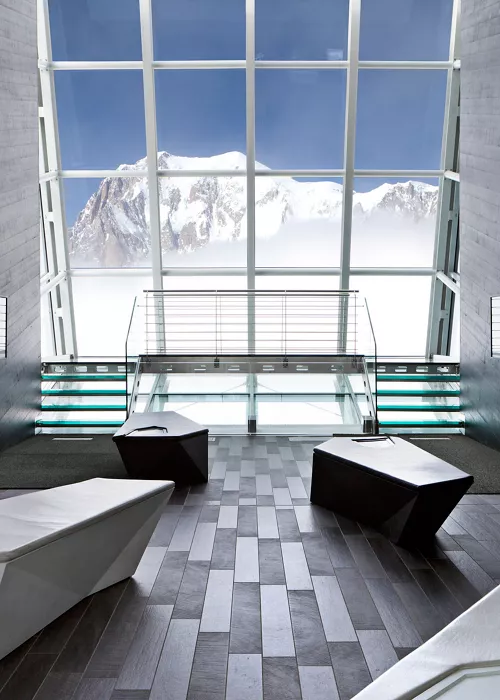The Chanousia Botanical Garden, for a thrilling experience
2 minutes
The Chanousia Botanical Garden arouses the deep emotion of challenges to the limits of the impossible. We are at 2,170 metres in the Alps. And temperatures can be very cold. To be exact, we are on the Petit St Bernard Pass, between Savoy and the Aosta Valley, about 800 metres across the French-Italian border.
It all started with a hard-working abbot
It's a mountain garden and a little miracle. The Chanousia Botanical Garden is named after its founder, Abbot Pierre Chanoux, rector of the hospice of the Mauritian Order, which was based here. He worked on it ceaselessly for years until it was officially inaugurated in 1897, making it one of the oldest Alpine gardens in Europe. The abbot was driven by a desire to preserve “the jewels of Alpine flora”, as he used to call them, in particular those under threat of extinction. His was a vision of great modernity, a forerunner of today's environmentalist sensibility. He succeeded in shaping a landscape that at the time counted 4,000 species, also with the help of botanists and mountaineers who helped to enrich it.
When the abbot died in 1909, buried in the chapel next to his creation, others continued his work until World War II, when it was no longer possible to continue. The hospice and the garden suffered severe damage and it was not until 1976 that work began to restore plants, fences, paths and the remains of the main building.
Great dedication has brought the Garden back to life
Today, there are about 1,200 species in the Chanousia Botanical Garden on 10,000 square metres, far fewer than the original number, but nevertheless a number that will grow thanks to the work of many. Four to eight metres of snow accumulate on the hill, sometimes as late as June, and the average annual temperature is only one degree. Strong winds often blow. In this hostile climatic situation, when rethinking the Garden, species that had survived the neglect were sought. About a hundred of them were found in the flowerbeds and pathways and replanted. To this day, the most popular method is to harvest the species in the wild and then transplant them, without harming the ecosystem, although to a lesser extent, seeds are also germinated.
A few months to attend an unusual show
The garden is open to everyone, but only at a set time of the year, usually from July to mid-September, if weather allows. In other months everything is buried under a thick blanket of snow. Nature is asleep, ready to bloom year after year. The growing season at these altitudes is lightning fast, lasting two or three months at most. It is a unique and valuable experience.
The surrounding landscape is no less impressive. Up to an altitude of 1,850 metres, the larch and spruce forest stretches out on the Italian side, and towering above the scenery is the imposing mass of Mont Blanc. Arriving at the garden after a high altitude walk, it is also interesting to visit the small museum, created in 1988 in the former shelter and photographic workshop, where the memories of Abbot Chanoux and the beginnings of his beloved garden are kept. Conventions of biological, geographical and naturalistic interest are periodically held in the facility. Botanical texts can be purchased in the bookshop.





















